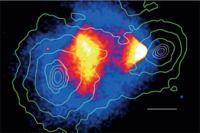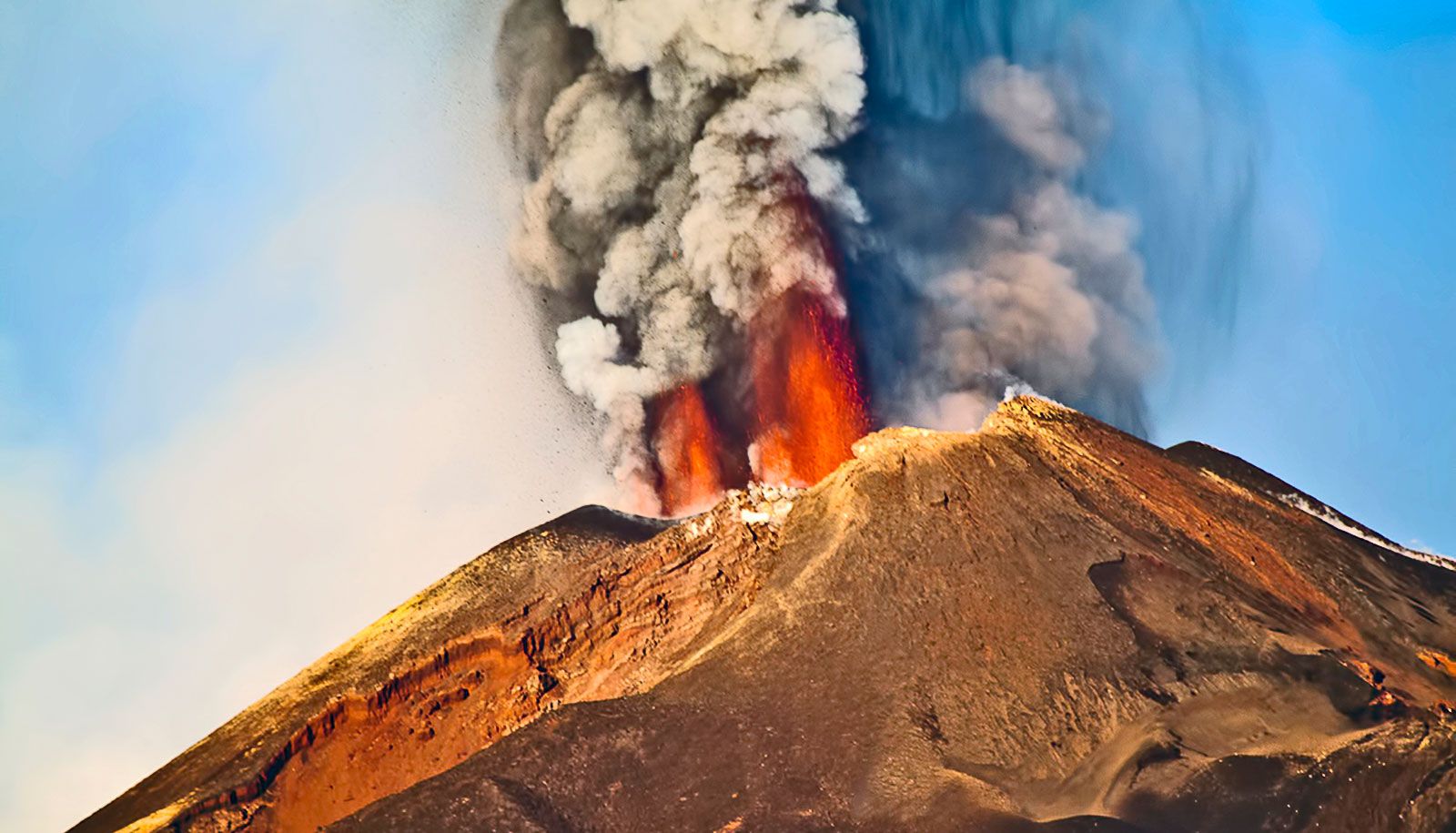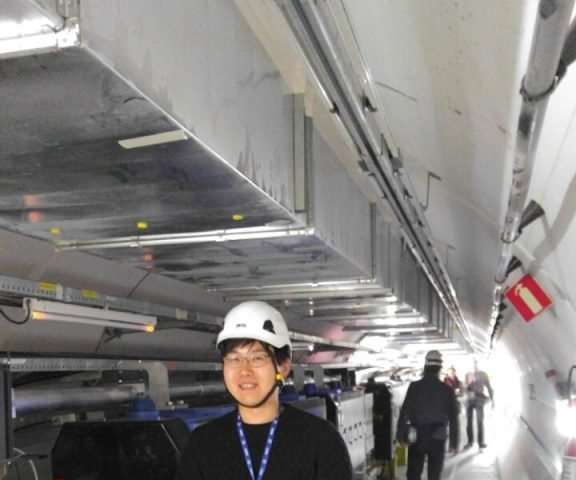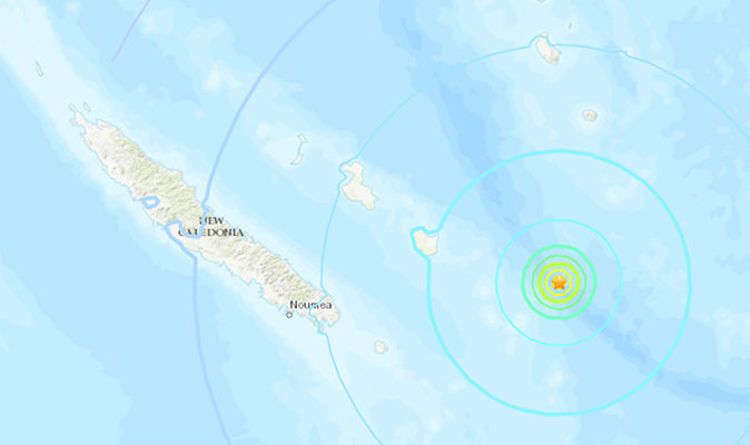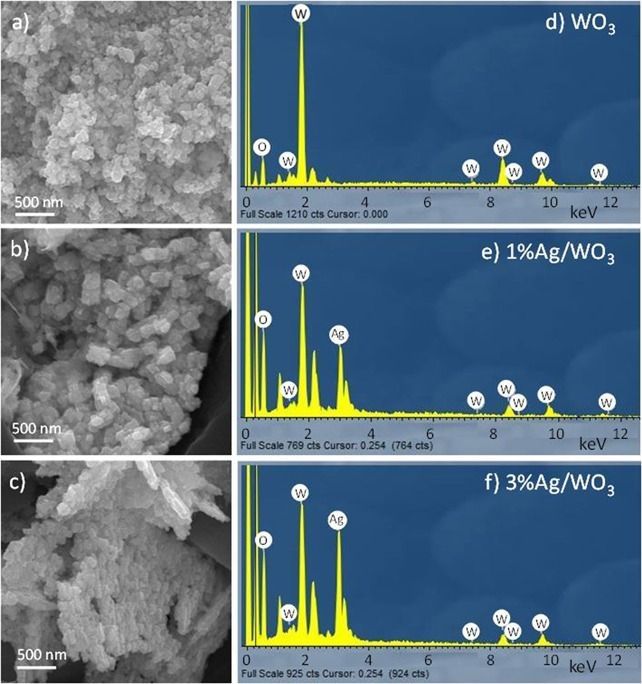Oct 15, 2018
How Inclusive Capitalism, Technology And Social Prescribing Could Reverse Flagging Life Expectancy
Posted by Genevieve Klien in categories: economics, life extension
Hard as it is to believe, for the first time the life expectancy for Americans (not counting the effect of wars) has https://www.ajc.com/lifestyles/health/cdc-life-expectancy-de…279HCufnO/” target=”_blank” rel=” nofollow noopener noreferrer” data-ga-track=” ExternalLink: https://www.ajc.com/lifestyles/health/cdc-life-expectancy-de…279HCufnO/”>dropped for two consecutive years. Perhaps less hard to believe is that this is https://news.harvard.edu/gazette/story/2016/04/for-life-expe…y-matters/” target=”_blank” rel=” nofollow noopener noreferrer” data-ga-track=” ExternalLink: https://news.harvard.edu/gazette/story/2016/04/for-life-expe…y-matters/”>not true across economic levels. The richest Americans are gaining in longevity, indeed to unprecedented levels. The poor don’t have it so well, and in the U.S., this includes the shrinking middle class, who are also dying earlier. With the widening income gap, there’s a growing discrepancy between life expectancies for the rich and poor. Depending on geography, those on the lower end of the income bracket spread can expect to live 20 years less than their better-off counterparts, a shocking finding from an http://jamanetwork.com/journals/jamainternalmedicine/fullart.…2017.0918” target=”_blank” rel=” nofollow noopener noreferrer” data-ga-track=” ExternalLink: http://jamanetwork.com/journals/jamainternalmedicine/fullart.…2017.0918”>in-depth study coming out of the University of Washington.

